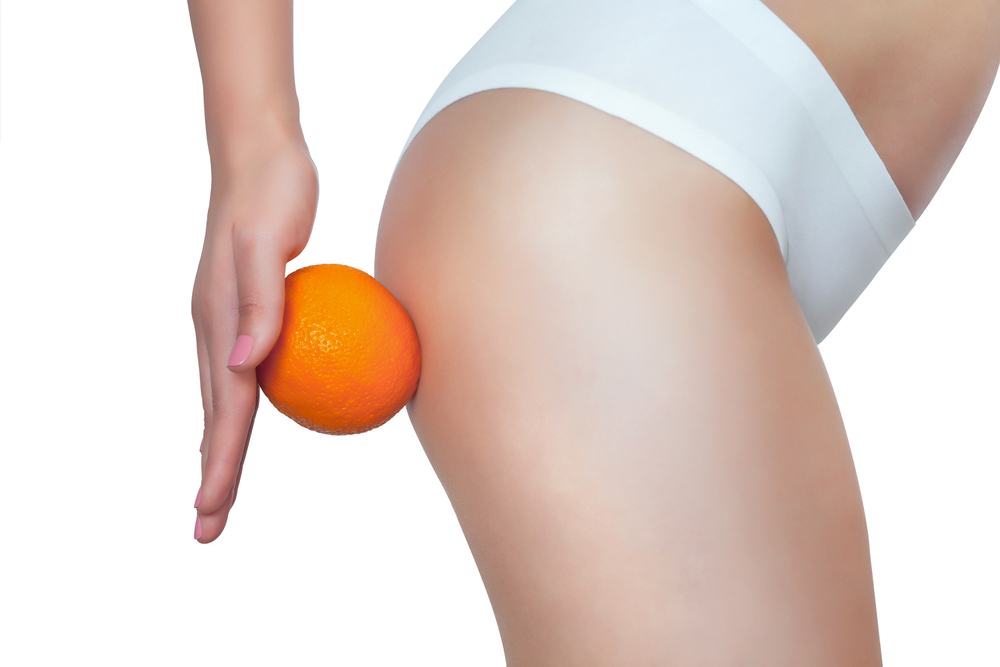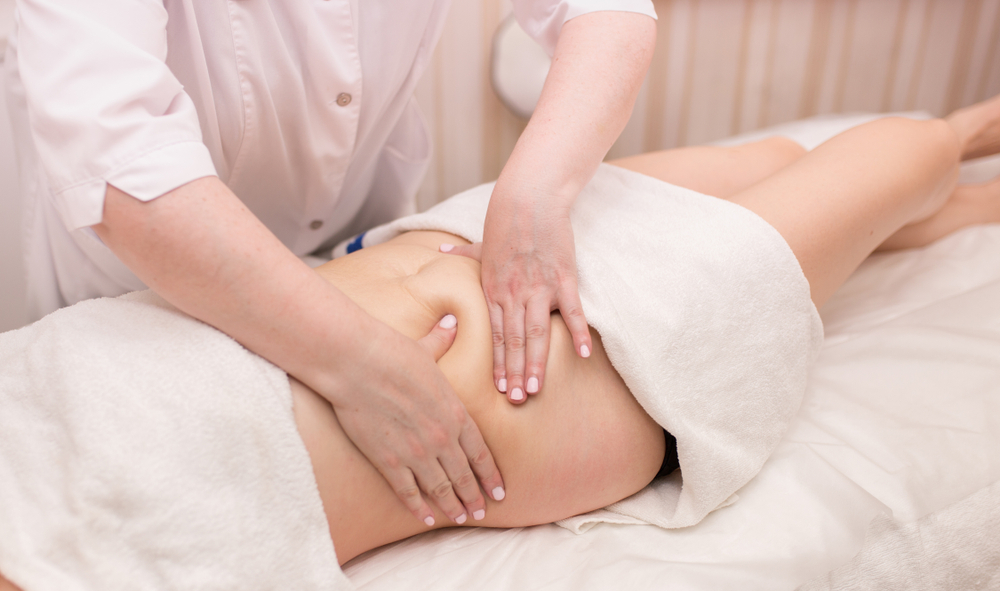Before consenting to any surgical procedure, there are risks that need to be considered first, and liposuction comes with its own set of risks. Although liposuction is a minimally invasive surgical procedure, post-op swelling is very common and may cause inflammation. During the procedure, the cannula is inserted under the skin by a plastic surgeon to remove the fat, and this may also cause damage to blood, tissues, and lymphatic vessels, as well as scarring beneath the layer of skin. When the fat is suctioned out, tissue is separated, and excessive swelling due to inappropriate aftercare may lead to seromas, which are pockets of fluid that frequently occur post-surgery. If swelling is not managed well after liposuction as per the plastic surgeon’s instructions, this will cause chronic swelling that will produce chronic inflammation and will eventually progress to fibrosis, which is the hardening and scarring of tissues. Fibrosis is a common secondary effect of liposuction. It is an imperfection that may cause both physical and emotional pain. People seek liposuction as a solution to correct an imperfection but instead face a new problem entirely.
How do you identify liposuction fibrosis?

After liposuction, it is expected to develop lumps and bumps in the treated areas due to fluid, and cellular debris accumulates in the spaces where fat used to be before it was removed. Approximately two weeks following liposuction, the treated tissue begins to feel harder due to the reabsorption of fluid. This is typical and can be managed with massage and wearing appropriate compression garments. However, after the first two months, inadequate aftercare may cause fibrosis to develop. Fibrosis may form anywhere in the body, although it usually develops in the upper abdomen and the sides and back of the abdomen. When fibrosis has developed, it usually causes pain around the incision apart from uneven skin. The pain may be radiating and constant, or it may become exacerbated when changing positions. Fibrosis might also be characterized by a pulling sensation during stretching or moving. It may also cause numbness or loss of sensation. Moreover, the tissues may feel firm and puckered. This may be temporary and clear up within 1-2 years, or it might evolve into a permanent problem negatively affecting a person’s image that will eventually lead to discomfort and a weakened range of motion.
Sometimes, what may appear to be fibrosis may actually be uneven liposuction. If you notice lumps, bumps, or asymmetry months after a liposuction procedure, but without the aforementioned symptoms, it might be due to uneven liposuction that is producing these unwanted contour irregularities. This might occur if the fat was not proportionately removed and would need to be corrected by a qualified revision specialist who can use fat grafting to smooth the affected areas if needed. Massage may be effective in treating fibrosis, but not lumps and bumps due to asymmetrical liposuction.
What are the risk factors of fibrosis?

There are several risk factors associated with fibrosis. The size of your scar may play a role in determining whether you will develop fibrosis. Generally, the bigger the scar, the higher the risk, as big scars are a potential risk. Genetics may also be a risk factor. Due to their genes, some people are more likely to develop bigger scars, which may progress to fibrosis. Lack of movement after surgery does not only increase your chances of developing a blood clot but also increases your risk of developing fibrosis; therefore, light exercise, such as walking, is extremely important even if it is for a few minutes every hour. In addition, an inappropriate compression garment may also be a risk factor as it might not effectively manage the swelling.
How can you prevent fibrosis?

Adhering to your plastic instructions is key to preventing fibrosis. Some swelling is normal, but it needs to be managed well so that it does not progress to excessive swelling. In addition, a well-fitting compression garment is recommended to reduce swelling and the accumulation of fluid. Lymphatic drainage and special post-plastic surgery massages are also helpful. Research has shown that lymphatic drainage massage may facilitate reduction of swelling and improve contours as well as may considerably increase circulation of fluid in lymphatic vessels. Post cosmetic surgery, lymphatic massages may also reduce bruising and soften scar tissue, another added benefit that will ensure optimal results. Self-care, such as dry brushing, is very important as well. Moreover, activity restrictions are also necessary, especially during the first few weeks.
If, however, you are diagnosed with fibrosis, massage is still beneficial, but it should be started as early as possible, preferably during the first year after liposuction, because collagen is still flexible; therefore, optimal results may still be achieved. It is harder to treat after the first year, and results may not be as powerful.
